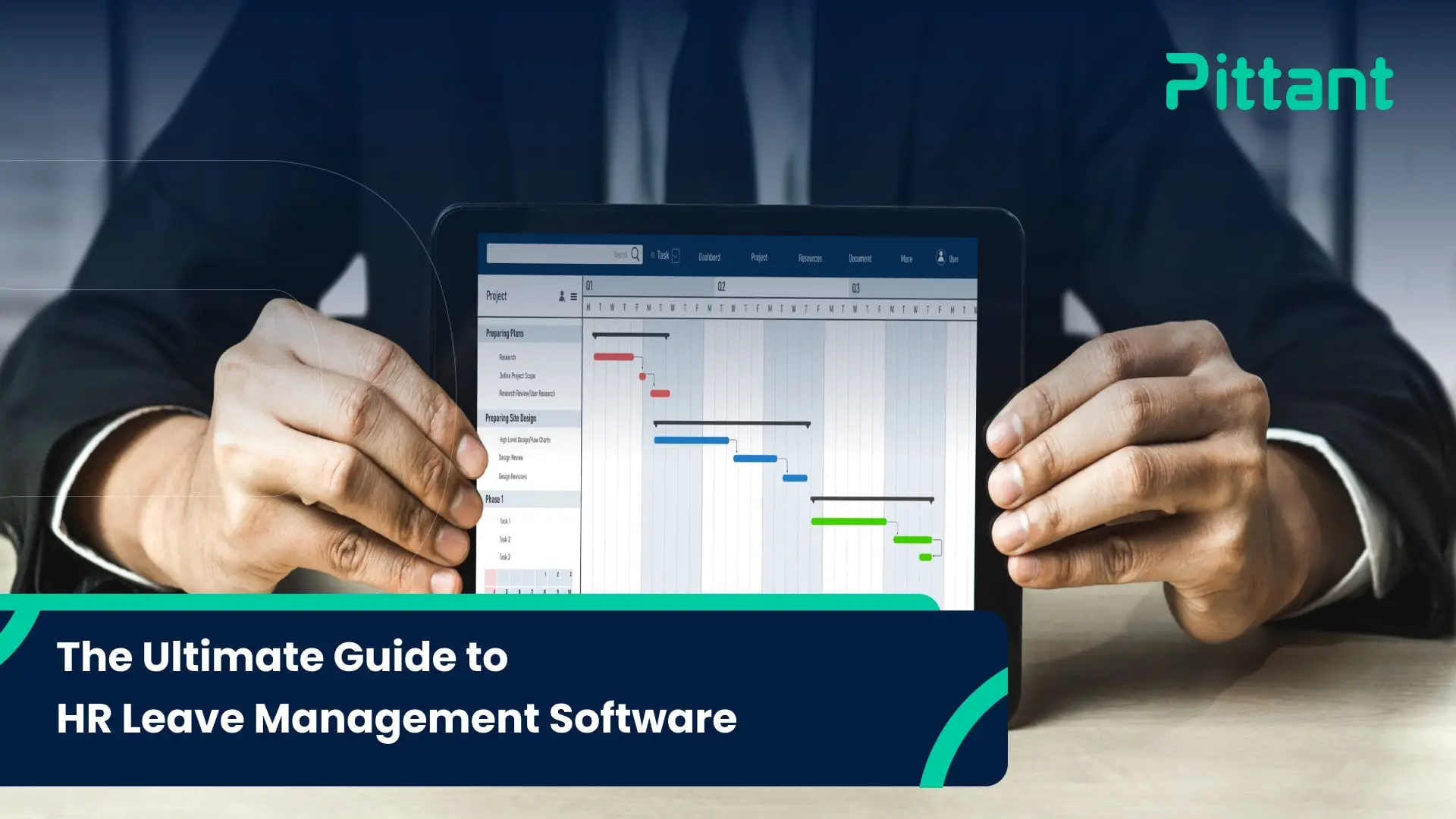Many business owners face the problem of labor turnover, which greatly affects the workflow of the organization, regardless of its field. That is why we decided to talk about this problem to find out its most prominent causes and the solutions that can be used to reduce it. We dedicate this article to discussing work turnover and the 5 best tips for reducing its rate, so follow us until the end.
What does the term labor turnover mean?
There is no doubt that all areas of work practiced by institutions and companies of all types depend on certain systems for managing human labor. Below we talk about one of the terms specific to employees that occurs in the labor market, which is labor turnover:
The term labor turnover is a term related to the workforce , and it means changing employees for various reasons.
There are many institutions that depend on labor turnover, as they constantly change employees, and sometimes this is in the interest of the institution, and other times it causes damage that is noticeable in the long run, and therefore the rate of labor turnover in that institution increases.
There are other institutions in which employees continue to practice their work for long periods of time without changing or replacing them except individually when necessary, and thus the labor turnover rate in this institution is low.
The causes of labor turnover in institutions vary. It could be by a decision of the labor administration, or by a decision of the employees, or it could be for other reasons unrelated to one of the previous two parties.
If you are looking for a way to get rid of high labor turnover, you should apply the following tips:
- Employee salaries must be equal to the effort, and additional bonuses and rewards must be provided to the competent employee.
- Continuously motivate employees morally, and create an appropriate environment for them in order to provide the opportunity for creativity and give the best possible result .
- Making promotion something that depends only on mastery of work and diligence; This increases the employee’s confidence in managing his work.
- Providing insurance for employees in general, such as health insurance and others, as this encourages them to continue working for a longer period and perform better.
- Organizing meetings periodically, talking to them about everything related to the organization and listening to them, this creates a language of communication between employees and management, and thus each of them resorts to speaking with the manager when they are affected instead of leaving the job suddenly.
Types of job turnover and the reasons for each type
Types of turnover vary depending on the party causing it, and it is an important step that must be recognized. Because knowing the reasons helps reach solutions and contributes to improving the organization’s conditions in general, and here are those types:
Voluntary turnover: It occurs when employees resign from work voluntarily for various reasons, and of course the organization is notified an appropriate period before the resignation.
Forced turnover: It occurs when the employer or the responsible administration changes a large number of employees, or perhaps all of them, without their desire. This may be a correct decision if it depends on a specific plan or point of view that deserves to be implemented, and sometimes it is an incorrect decision.
Turnover resulting from retirement: It is very similar to the first type, as it is at the request of the retiree, or at least not against his will, like the second type. When analyzing turnover rates in the organization in general, it is necessary to take into account the number of retirees as well, due to the need to fill their places with other employees. .
Turnover resulting from transfers within the organization: This type of turnover occurs when employees obtain promotions to other higher positions at work, or are transferred to other places in the same organization, and although they are still within one organization, their places must be filled. With other employees to avoid leaving it empty and unemployed.
Risks of turnover
Work turnover poses some risks to the organization if a solution is not found to reduce its rate after identifying its most prominent causes. Here are its most prominent risks:
Decreased efficiency in the organization as a result of the rapid change of workers, and thus the new workers need time to become familiar with the working conditions and be able to build experience and competence.
- Increasing efficiency in other institutions, as employees with experience move to them after leaving their jobs.
- The number of workers decreases over time, and thus it takes a longer time to perform the work.
- High proportion of the cost used by the company in recruiting new workers, such as conducting interviews and other procedures.
- The organization’s production rate decreases due to the presence of empty positions without workers for some days until a replacement employee is appointed.
- Work progress is slow; As a result of poor integration between old and new employees.
- Paying salary increases due to the organization’s need to work for a longer period of time due to the lack of available workers.
- It is worth noting that there are many institutions in many countries that have provided permanent jobs in which there is no possibility of dismissal, out of concern for the institution and making employees feel that they belong to it, and also giving them a feeling of security and confidence, which prompts them to do their best in order to perform work and daily tasks to the best of their ability. possible way.
The difference between job turnover and job leakage
Many people confuse the terms job turnover and job leakage, believing that they are one and the same, which is not true at all. Below we explain to you the difference between both of them by defining each term separately:
Job rotation: It arises from the administration or entity responsible for the work, as it changes the places of employees and transfers them to other places in the same organization, but the departments and the work they do differ, and this is for positive reasons that are in the interest of the organization, such as increasing efficiency in certain positions, or developing One employee experiences among a group of junior employees, for example.
Job leakage: is leaving the job completely, either by the employee’s desire, such as submitting his resignation, or by the desire of management, such as dismissing him for various reasons that he may have had an involvement in or others related to the official’s vision. In both cases, the organization is harmed if the situation is not quickly controlled, and solutions are not found such as finding new employees and training them. To be employed by old workers who have experience in the profession.
If we look closely at both terms, we find that they have some contradiction in terms of causes, as well as results. Job rotation has some positives, while leakage is not devoid of negatives that must be dealt with quickly so as not to cause serious damage that will take a long time. Until processed.
The role of labor turnover in human resources planning
Work turnover is one of the processes that must be dealt with in a specific and systematic manner. To learn more about this, read the following points:
- The rate of labor turnover contributes greatly to benefit, as its causes are identified as well as the budget that the organization needs for new, alternative workers.
- If it is concluded that the reason for turnover is poor compensation, for example, it is necessary to hold a meeting in the organization and try to balance the effort expended and the financial compensation for it.
- When examining the rate of labor turnover, its direct or indirect causes are determined, which helps to avoid its occurrence again and find the appropriate solution.
- At the end of the article, we hope that we have covered all the topics in a thorough manner, as we talked about job turnover and the best tips for reducing its rate. We also talked about its types and the most prominent reasons that lead to it, as well as the difference between job rotation and job leakage, and finally we mentioned to you the role of job turnover in resource planning. Humanity, we hope that the article was useful to you.



